Last Updated on April 7, 2024 by Marian Jones
Perhaps one of Florence’s lesser-known pleasures, the San Marco monastery’s tranquil atmosphere and beautiful frescos are a delight. This post offers a brief history, including its connections to Cosimo de Medici and the ‘mad monk’ Savonarola, both of whose rooms you can visit. Then there’s a rundown of what to look out for when you visit, plus information on two of the main artists connected with San Marco, Fra Angelico and Bartolomeo.
a little history
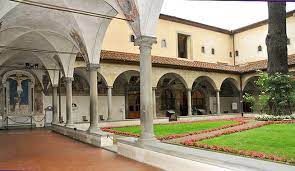
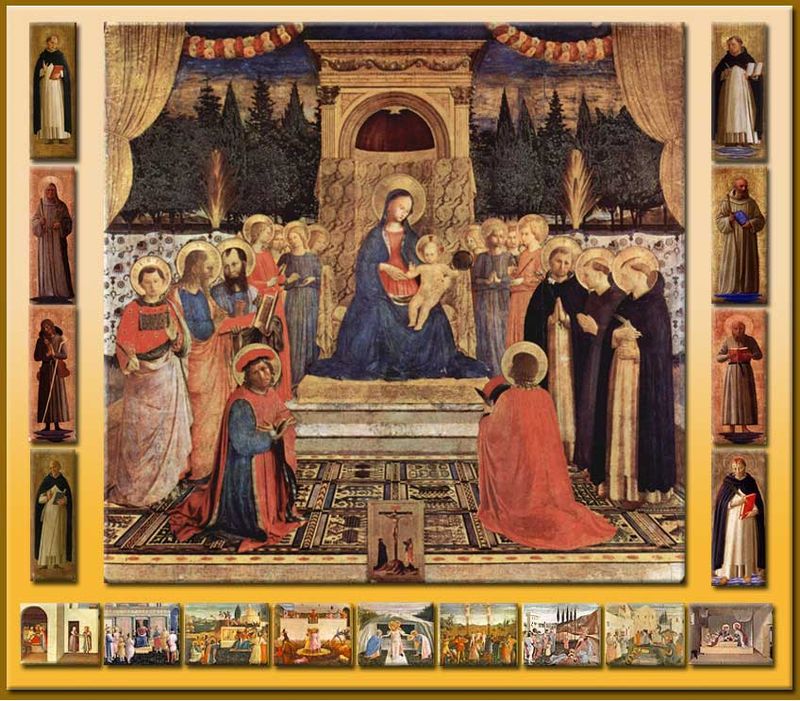
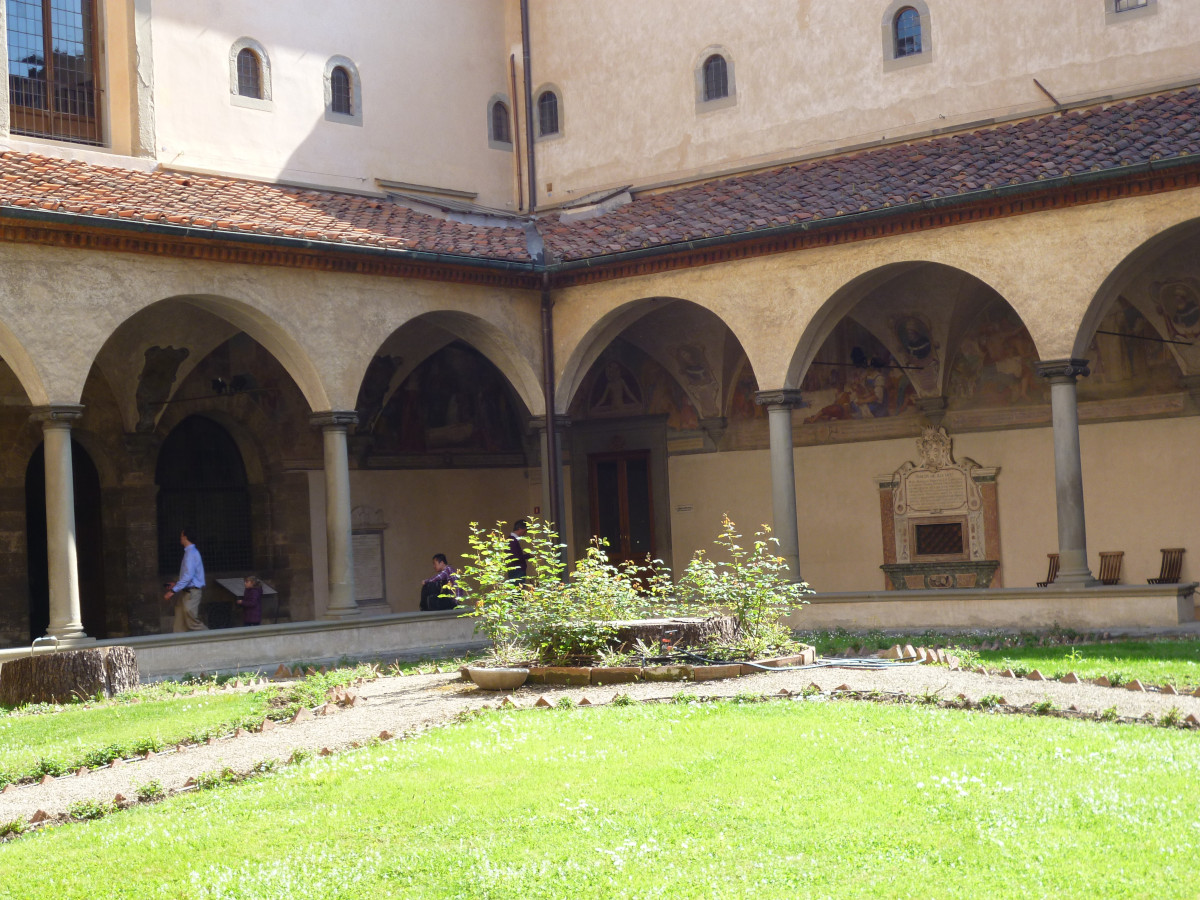
Dominican monks from Fiesole acquired this site in 1436 and Cosimo de Medici paid for them to build a monastery here. Some thought this was in atonement for dubious business practices which had allowed him to make so much money! It was built as a working monastery, with a Pilgrims’ Hospice and a refectory on the ground floor and 3 corridors of dormitories for the friars on the upper floor.
The first prior was St Antonino, later Bishop of Florence and the artist Fra Giovanni da Fiesole, later known as Fra Angelico, was commissioned to paint the frescos. San Marco’s most famous resident was Fra Girolamo Savonarola, aka ‘the mad monk’ (see episode 10) and you can visit his rooms and also see a plaque outside the library, marking the spot where he was arrested and dragged to his death in 1498.
what to look out for at san marco



Above all, enjoy the peaceful atmosphere: quiet cloisters, pale colours and lovely frescos, summed up by the art historian E H Gombrich, who wrote ‘In the stillness of the old building, one feels something of the spirit in which these works were conceived’. Get a sense of its ‘measured, orderly, Florentine renaissance architecture’ by walking through the cloisters around the central green and admiring the pinky-cream stone arches and the fresco depicting the life of Santo Antonino.
On the first floor are 3 corridors, containing 43 cells in all, the rooms where the monks slept. Each has its own fresco, depicting scenes from Christ’s life – the annunciation, the nativity, the presentation of Jesus at the temple, the crucifixion. They were intended for individual contemplation and prayer. There are 3 rooms – an oratory, a study and a bedroom – used by Savonarola, along with displays of his hair shirts and black hooded cloak, plus a painting of his execution. The irony that this monk, who forced so many others to give up their worldly goods, had three times the space of ‘ordinary’ monks may strike you.
The Library, a large, pillared room, was paid for by Cosimo de Medici and was Europe’s first public library, although most of the books were moved to the Biblioteca Laurenziana in the 19th century, when monasteries were being suppressed. The room was also used as the monks’ scriptorium, and today it houses displays of some of their exquisite work, along with the materials they used.
fra angelico
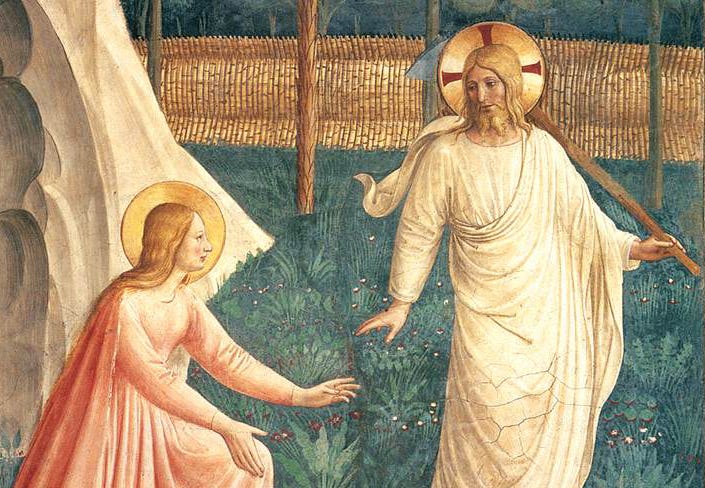
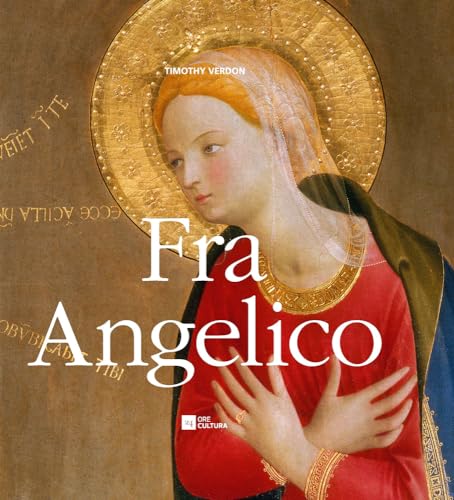

This lay painter who became a Dominican friar is closely associated with San Marco. Originally called Fra Giovanni da Fiesole, he was described by Giorgio Vasari as ‘saintly and excellent’ and so, probably after his death, he became known as ‘Fra Angelico’, or ‘the angelic brother’. He arrived at San Marco in 1439, commissioned by Cosimo de Medici and first painted the altarpiece in the church, showing Mary and her child flanked by angels and the two Medici patron saints, Saint Cosmas and Saint Damian, then oversaw the painting of frescos in the dormitories, doing some himself and supervising others to help.
His ‘Annunciation’ is prominently displayed at the top of the staircase leading to the upper floor, a moving scene in delicate colours. Look out too for ‘The Deposition’, showing the silent grief of a little group watching Christ’s body being lowered from the cross. It was one of the first Renaissance paintings to depict figures in the foreground, against a receding landscape – the city of Jerusalem in this case – and shows how artists were developing a sense of perspective. And ‘Noli me tangere’, the fresco in Cell 1, shows Mary Magdalene’s encounter with the risen Christ, whom she mistakes for the gardener. The beautiful pale pinks, creams and greens contrast with the golden sheen of Mary’s halo.
bartolomeo
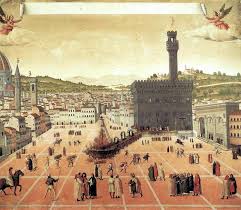
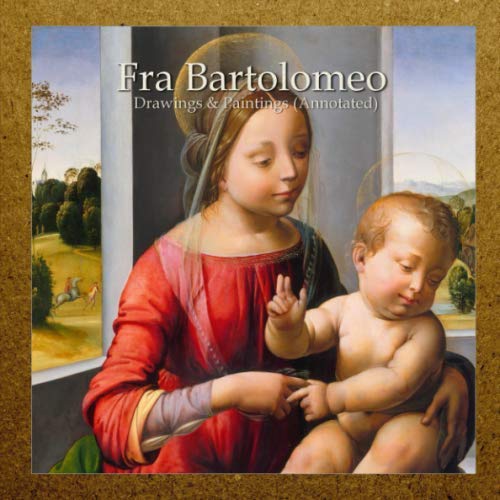
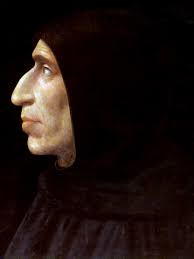
Fra Bartolomeo was an apprentice painter, until he felt moved by Savonarola’s teaching to abandon art, but after the death of his mentor, he came to San Marco to work as an artist. In the Fra Bartolomeo Room opposite the Refectory, you can see his ‘Ecce Homo’ which depicts the face of Christ wearing his crown of thorns. Other well-known paintings of his include a portrait of Saint Mary Magdalene and two of Savonarola. His profile of Savonarola wearing his black monk’s cowl, was painted in 1498, after the monk had been tortured and shortly before he was burned to death in the Piazza della Signoria.
Listen to the POdcast
Reading suggestions
Fra Angelico by Christopher Lloyd
Fra Bartolomeo Drawings and Paintings
links for this post
San Marco
Previous episode Galileo
Next episode Michaelangelo’s Life and Work in Florence






